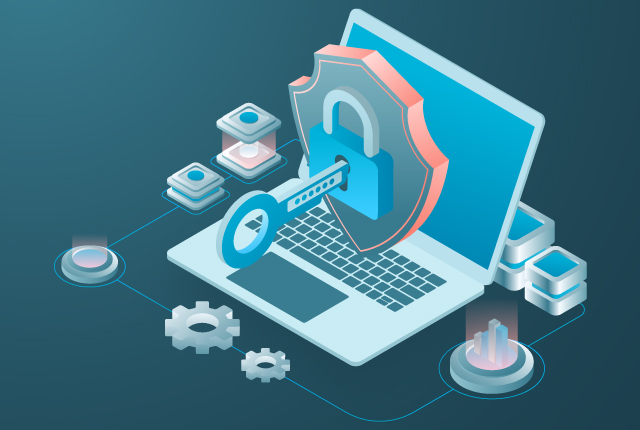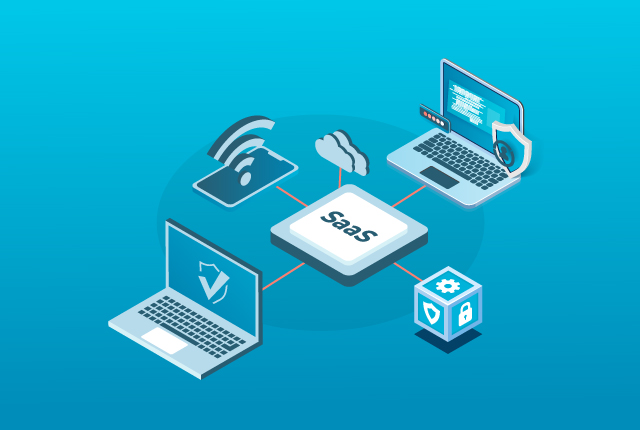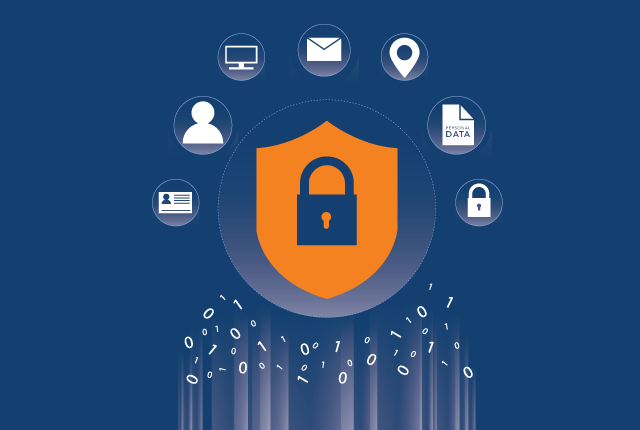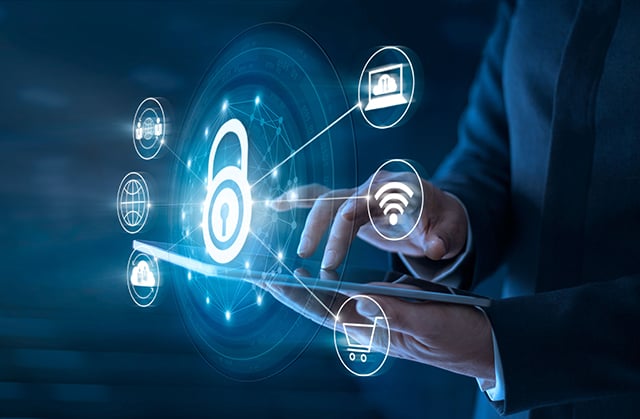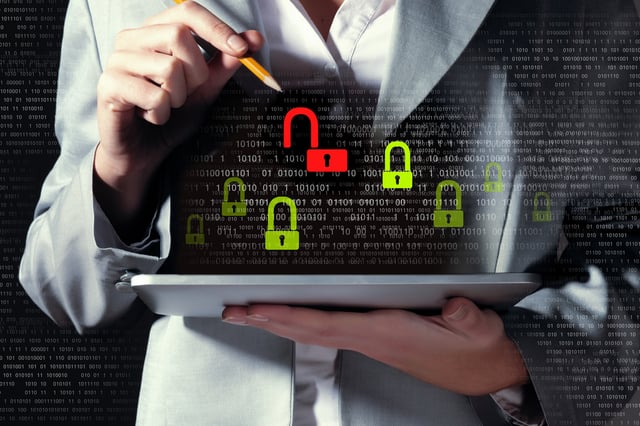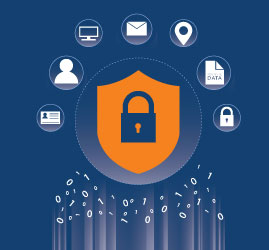Product companies always deal with unfamiliar situations. Since companies are running their operations remotely, opportunistic threat actors have increased their attacks which has increased the importance of cybersecurity.
QASource Blog
In our blog, we take a deep dive into the latest QA strategies, methodologies, and industry best practices driving the world of quality assurance. Follow our blog to get new ideas as to how to effectively deliver high-quality, bug-free software products, websites, and applications, while keeping costs low.

Businesses rely on mobile apps more than ever. In this edition of the expert series, we will discuss the common mobile application vulnerabilities along with their resolutions.
With the increasing adoption of SaaS (Software as a Service) platforms, the number of cyber threats and attacks is also rising. SaaS platforms store sensitive and confidential data, making them a prime target for cybercriminals. As a result, it is imperative to ensure the security of SaaS platforms to prevent data breaches, data theft, and unauthorized access. The potential loss of data and its impact on a company's reputation can be catastrophic. Therefore, implementing robust cybersecurity in SaaS is critical to protect SaaS platforms and their users.
Companies are aware that they need to identify any security vulnerabilities present in their products early on in the process, which is why SAST and DAST are quickly becoming integral parts of software development processes.
MFA creates multiple layers of protection that make it harder for any unauthorized user to access an application. If one layer breaks, the attacker still has to break through more barriers to get access, which is not an easy task.
What you don’t know about your software product or your company’s infrastructure should scare you. Every minute that you turn a blind eye to an issue is a minute gained by cybercriminals intent on gaining access to your sensitive data and confidential information. And with more employees working from home, hackers have discovered more ways to infiltrate software and applications.
Don’t let your application security fall flat. In this version of the expert series, let’s discuss the important application security trends in 2020 so that you are prepared for security threats that may come your way.
Cloud services such as Amazon AWS enable product companies to run their applications using the resources provided on the cloud. In this era of services, scalability and mobility makes it easier to launch seamless products.
Cyber threats and security are finally being seriously addressed due to the volume and intensity of attacks this year. With the continuously changing threats, it’s important to proactively adhere to preventive approaches.
Written by QA Experts
QASource Blog, for executives and engineers, shares QA strategies, methodologies, and new ideas to inform and help effectively deliver quality products, websites and applications.
Categories
Authors
Our bloggers are the test management experts at QASource. They are executives, QA managers, team leads, and testing practitioners. Their combined experience exceeds 100 years and they know how to optimize QA efforts in a variety of industries, domains, tools, and technologies.
